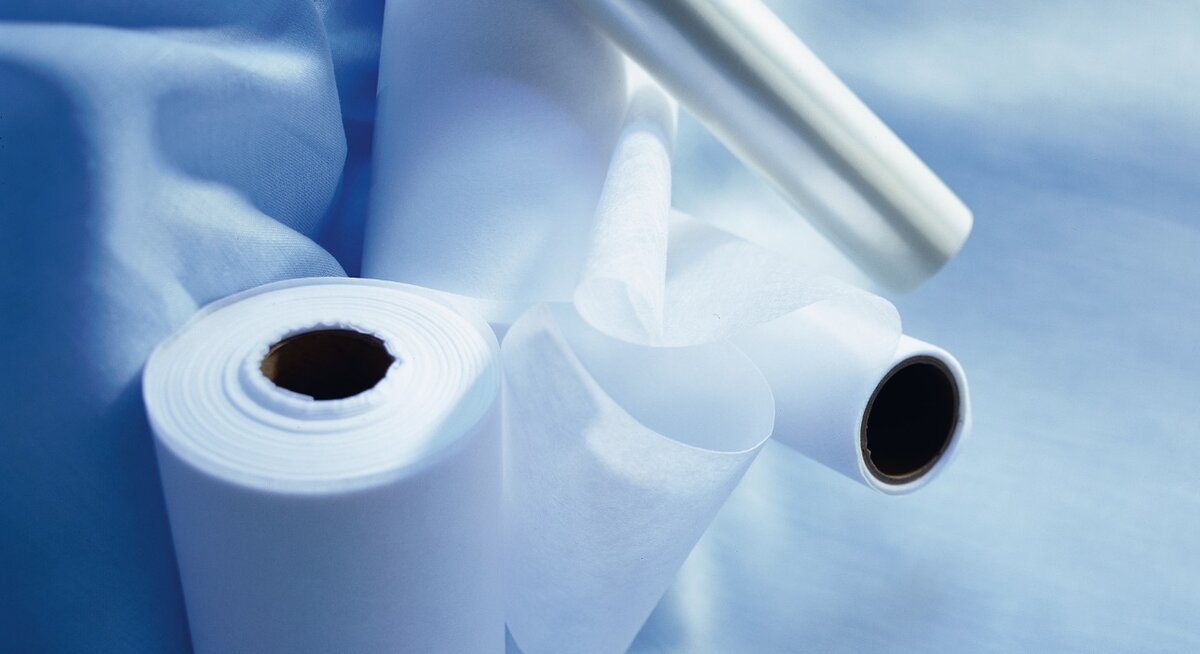Stabilizers
November 1, 2022

There are several different kinds of stabilizers on the market. To get the best result when embroidering, using the most suitable stabilizer is key! It is also important to use stabilizer when sewing decorative stitches. You will probably find your favorites for your projects and below is a short explanation the most common types.
Tear-Away
Tear-Away Stabilizers are used with stable woven fabrics. Place underneath fabric for decorative stitching or hoop with the fabric when embroidering. Tear away excess stabilizer after stitching.
Iron-on Tear-Away
Iron-on tear-away is a totally stable stabilizer that has a slick side that will iron on to fabric. It is recommended for knits and all unstable fabrics. Fuse it to the wrong side of the fabric before decorative stitching and hooping. Tear away excess stabilizer after stitching.
Cut-Away Stabilizer
Cut-away stabilizer does not tear so the excess has to be cut away. It is recommended for knits and all unstable fabrics, especially for hoop embroidery.
Water Soluble Stabilizer
Water soluble stabilizer is placed on top of the fabric when embellishing/embroidering napped and looped fabrics such as terry cloth. When embroidering cutwork, use it underneath the fabric Place your work in water to dissolve the excess stabilizer. It is available in different thicknesses. Disintegrating
Disintegrating Stabilizer
Disintegrating stabilizer is a stable, loosely woven fabric that is used for techniques such as cutwork and to crochet off the fabric edge. The stabilizer disappears with heat.
Sticky Stabilizer
Sticky stabilizer is used to hoop embroidery when the fabric is to delicate or too small to hoop. Hoop the sticky stabilizer with the paper side up. Remove the paper and stick the fabric onto the sticky surface. Tear away sticky stabilizer after stitching.